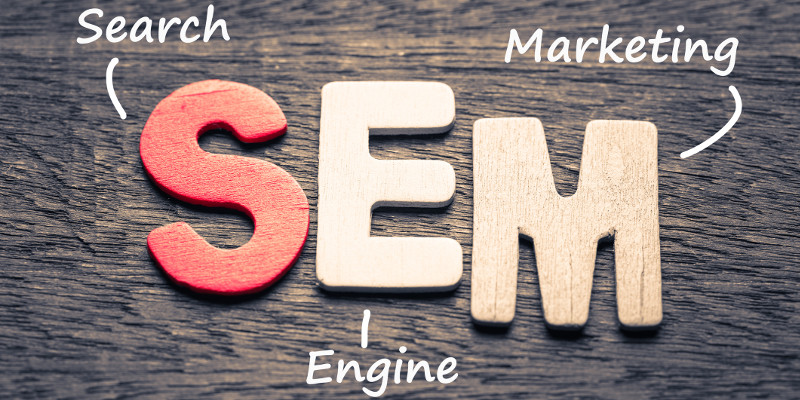
Search engine marketing is an important part of a robust digital marketing strategy. Like many digital marketing tactics, it is an effective and often inexpensive way to advertise online. But, how does search engine marketing work? Here’s a look at a few of the key elements of this marketing strategy:
- Keyword Focus: Search engine marketing, or SEM, is closely tied to search engine optimization, or SEO. Both systems help companies improve their visibility in search engine results pages, like Google and Bing. Both systems rely on successful analysis of the best keywords to ensure the company is targeting the right audience.
- Paid Advertising: One of the main elements of SEM is pay-per-click advertising or PPC. This is the system whereby companies purchase advertising tied to keywords they select. Companies pay for these ads based on how many clicks they receive. This makes PPC advertising an inexpensive way to generate traffic to a website.
- Measuring Results: A third key element of SEM advertising is monitoring results. Search engines track analytics of each PPC ad to help advertisers make sense of how their ads are received, learn which ads are most effective, and see what keywords offer the most referrals. It is important to carefully monitor which ads are most effective, so a company can put money and effort only into the most effective messages.
The key to successful search engine marketing (SEM), is choosing the right messages. This starts with picking the right keywords, crafting effective messages, and turning those messages into PPC ads. Finally, following this process with effective analytics, results in a robust and effective SEM strategy.
For more information about search engine marketing services, contact us to see how we can help you put an SEM strategy in motion.
